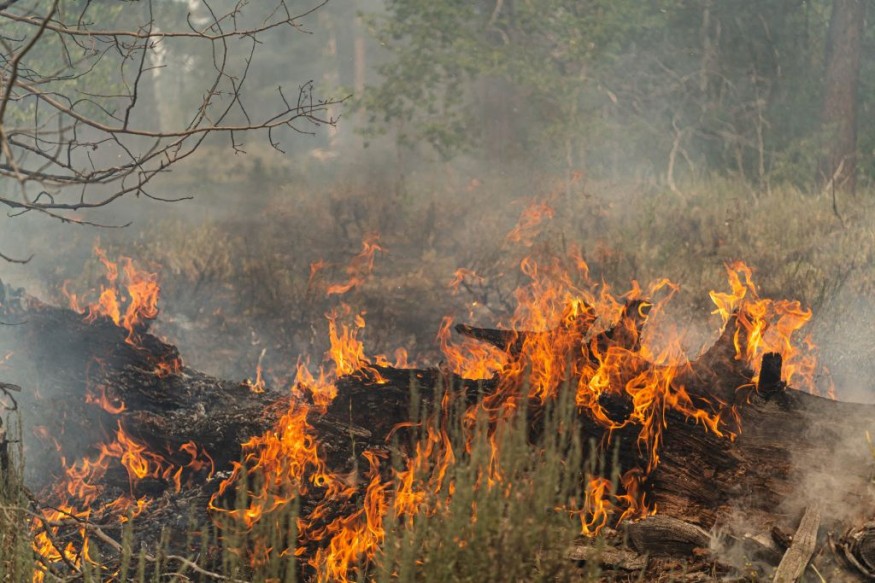California to See Worsening Forest Fires for the Next Decade: Study

A new study estimates that California would experience worsening forest fires for the next decade, followed by a period of fewer blazes with less intensity.
The Hill reported that a study focusing on Sierra Nevada's Big Creek watershed revealed that wildfires exacerbated by climate change will modify the landscape and leave less fuels for fires 10 years from now.
The Big Creek watershed is an area near the source of a 2020 fire that charred at least 78,000 acres and destroyed much of a nearby town.
Climate Change and California Wildfires
The researchers' main concern is that the area might not have enough trees left by the next decade due to the current wildfires.
Researchers noted that if the Big Creek watershed near Fresno is left alone, the said area will create a ripple of repeated fires over the next decade. Then to the point that it would blast through enough of the large fuel on the landscape - combined with climate change - the area would no longer be hospitable to the fire anymore.
The researchers also found that climate change would also quicken the decomposition of "little fuels" like branches, leaf litters, and pine needles, putting more trees at risk for burning.
In conclusion, researchers discovered that with climate change, California's forests could experience fires that would "permanently" change the landscape of the woods and transform them into brush and shrubs.
However, the study's lead author and an assistant professor at the University of Washington Tacoma, Maureen Kennedy, noted that the best method to deal with fire problems in dry forests is the fire itself.
Kennedy cited mechanical fuel treatments such as cutting down small trees and brush following forest fires to tidy up the debris. The lead author also underscored that by creating a "patchy landscape" through controlled burns and mechanical treatments, the California forests could be saved even with climate change.
Thousands of Firefighters Respond to Active Wildfires such as Dixie Fire in the West
The research that foresaw the future of California's forests came as thousands of fire crews and support personnel fight active wildfires in the western region of the U.S.
Fox News reported that nearly 22,000 crews battled at least 83 large wildfires covering 2,720 square miles in 13 states as of Friday.
According to the California Department of Forestry and Fire Protection, the Dixie Fire in the mountains of Butte and Plumas Counties prompted at least 4,000 people who were placed under evacuation, New York Post reported.
The Dixie Fire becomes California's largest wildfire, as it charred at least 244,000 acres of land in the northern part of the state. The said wildfire was also reported to destroy at least 42 homes and other buildings in the area. Authorities noted that the Dixie Fire was 32 percent contained as of Sunday.
Minnesota was also affected by the Dixie Fire in California, as the said wildfire spew fire clouds six miles into the atmosphere. Citing a report, Fox News reported that Minnesota alerted their residents for "unprecedented air quality" events until August 3.
Meanwhile, Oregon's Bootleg Fire, the nation's active wildfire, was more than halfway contained after it charred at least 413,000 acres. However, officials noted that the fire might continue until the fall.
This article is owned by Latin Post
Written by: Joshua Summers
WATCH: As Wildfires Worsen, California Firefighting Resources May Come Up Dry - From Wall Street Journal
Subscribe to Latin Post!
Sign up for our free newsletter for the Latest coverage!
© 2025 Latin Post. All rights reserved. Do not reproduce without permission.














